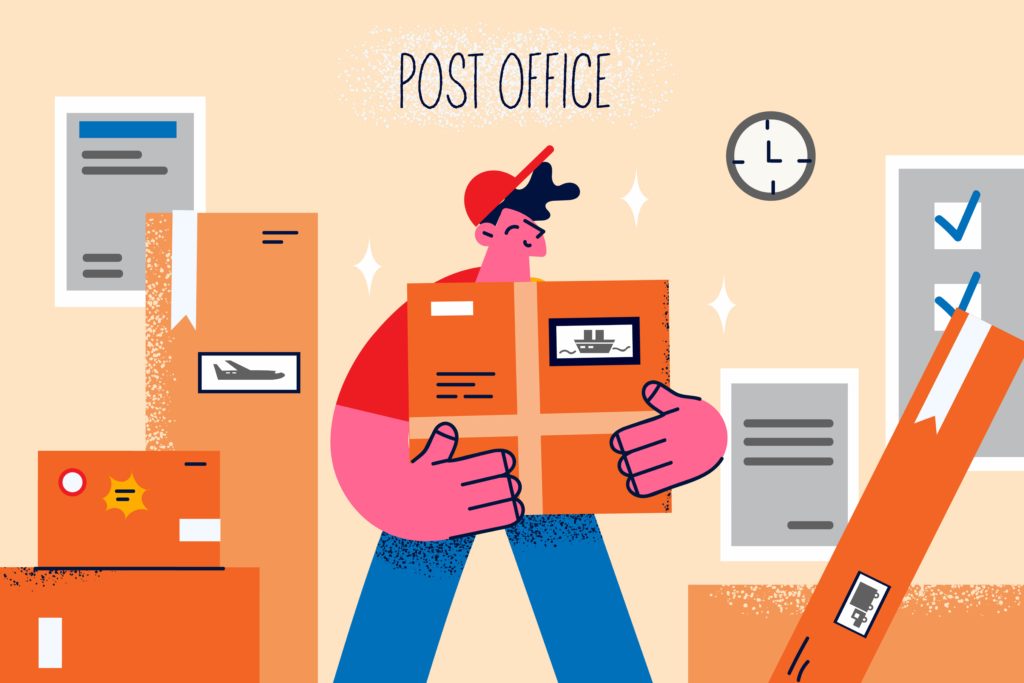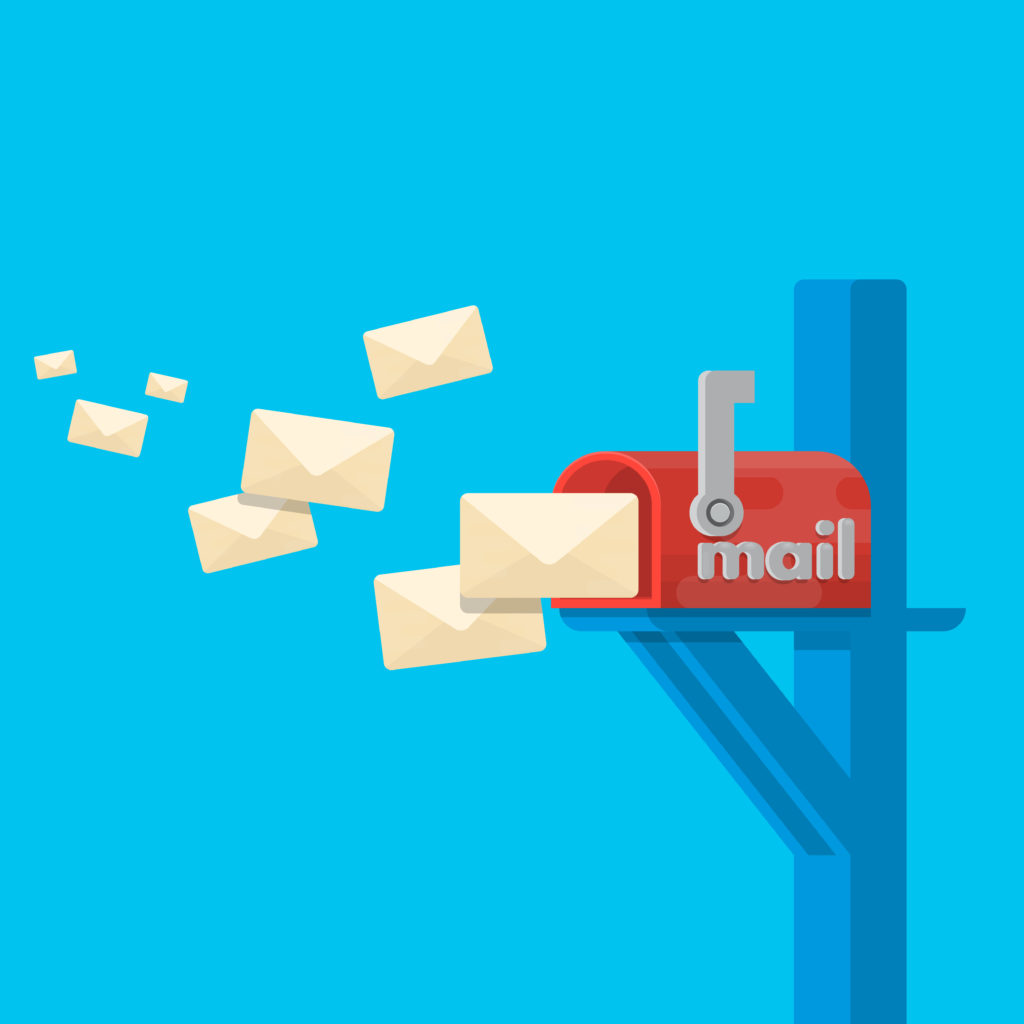
Commingling mail can help your company save money while streamlining the shipping process.
If you’re dealing with physical mail within your business, then you probably always keep an eye open for the next best way to send bulk mail. Depending on your needs, comingling mail can be the solution that moves the needle for your business.
Let’s quickly cover:
What is commingling?
Commingling mail is the process of combining mail from several sources to qualify for more affordable shipping prices.
This can be done in two ways:
- One-pass commingling
- Two-pass commingling
In one-pass commingling, mailing input data files are used to determine the best pre-sorting approach for a given set of mailings. Individual mail pieces are then sorted using equipment and input data files. With two-pass commingling, mailings are first sorted based on addresses. Then mail gets further sorted depending on the exact zipcodes of the final destination.
The type that’s best for your company will vary depending on the type of mail you want to send to your recipients.
Why commingle mail?
Getting mail delivered is a surprisingly complicated process. If the mail travels more than a short distance, it may pass through as many as six different facilities, sorting and reprocessing each time. However, pre-organizing mail can help you bypass many unnecessary stops, allowing it to reach its final destination much quicker.
You can hire a company to pick up your mail, combine it with mail from several other sources, and ship directly to mailboxes across the United States and Canada.
The Benefits of sending commingled mail
A commingling service’s most significant benefits are faster service and affordable costs. The post offers discounted postage rates to businesses that use commingled mail since you are doing a lot of their work for them (sorting, tagging, bundling, etc.).
By offering a fixed price per piece of mail, many commingling services also make budgeting much easier to understand. To qualify for a discounted letter rate, however, your business will have to meet certain minimum requirements. For instance, your eligibility to receive discounts and the number of discounts will depend on the weight of the package.

Can you Commingle first class mail?
Every type of organization (both commercial and non-profit) can commingle standard and first-class mail. You can commingle your first-class mail to further expedite and secure the delivery process. This makes sense in time-sensitive scenarios when you’re running a flash promotion or sending a sensitive piece like an invoice or check. However, sending first-class mail may increase the overhead of running a direct mail campaign.
The USPS makes first-class more affordable for direct mail marketers by offering commingled mail discounts.
Where can I commingle mail?
You can comingle mail with several services or even by yourself in some cases. But it can be a lot of work to combine mail this way, and you may not get the best rates if you mess up. So, reach out to our team today, and let’s discuss the best possible solution for your needs.
Final thoughts
Commingle mail is a mailing process that allows businesses to combine mailings from multiple companies and qualify for USPS discounts. This can be a great way to save money on postage, especially if your business has strict budgeting needs or wants to decrease the amount of time it takes their mail piece to reach its intended destination.
Using a commingling service can be a great way to save money and speed up your mail delivery.
About the Author

Dennis Kelly
Dennis Kelly is CEO and co-founder of Postalytics. Dennis joined Boingnet, the predecessor to Postalytics, in 2013. Boingnet was focused on providing print and direct mail marketing service providers the ability to add digital marketing channels to their direct mail campaigns. Postalytics is Dennis’ 6th startup. He has been involved in starting and growing early-stage technology ventures for over 30 years and has held senior management roles at a diverse set of large technology firms including Computer Associates, Palm Inc. and Achieve Healthcare Information Systems.
